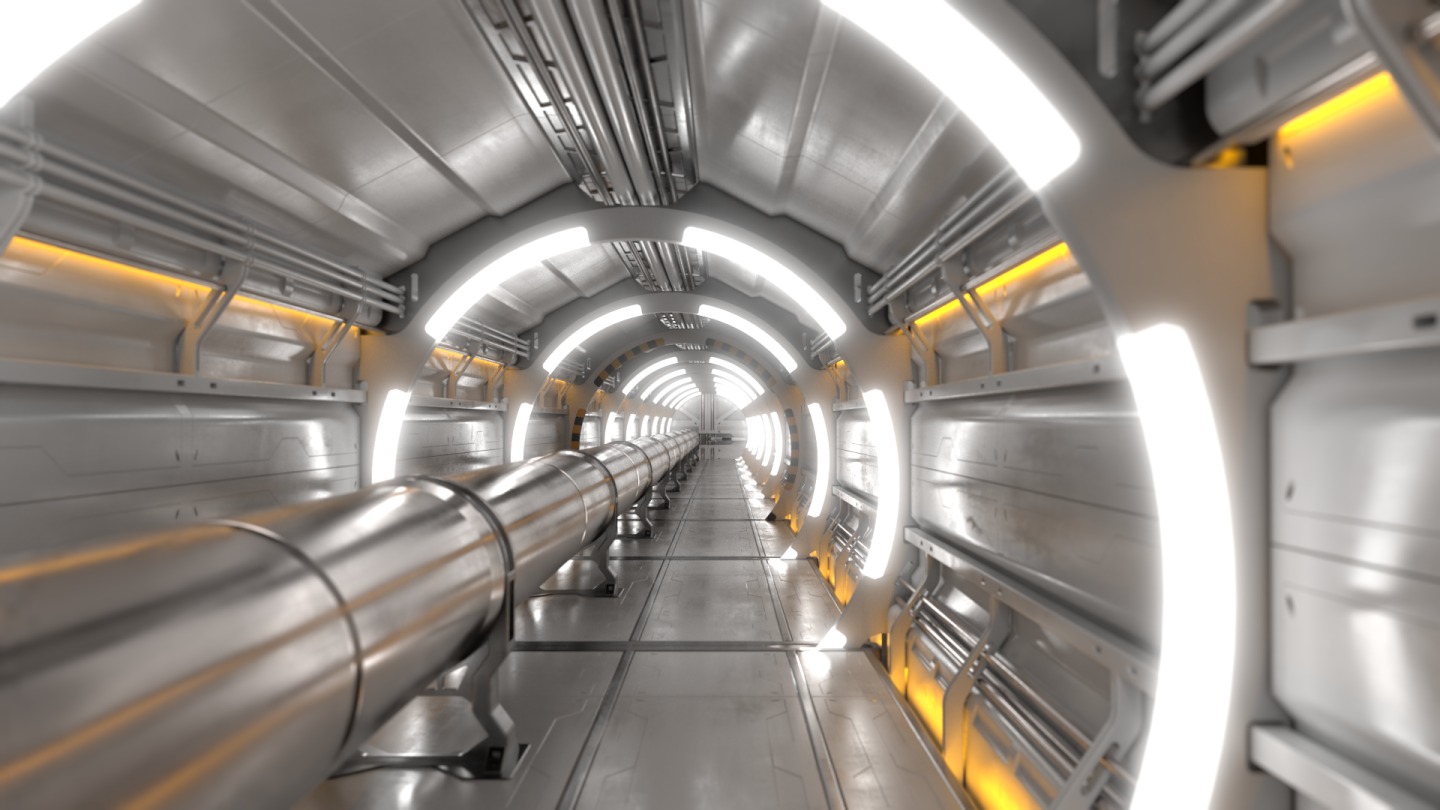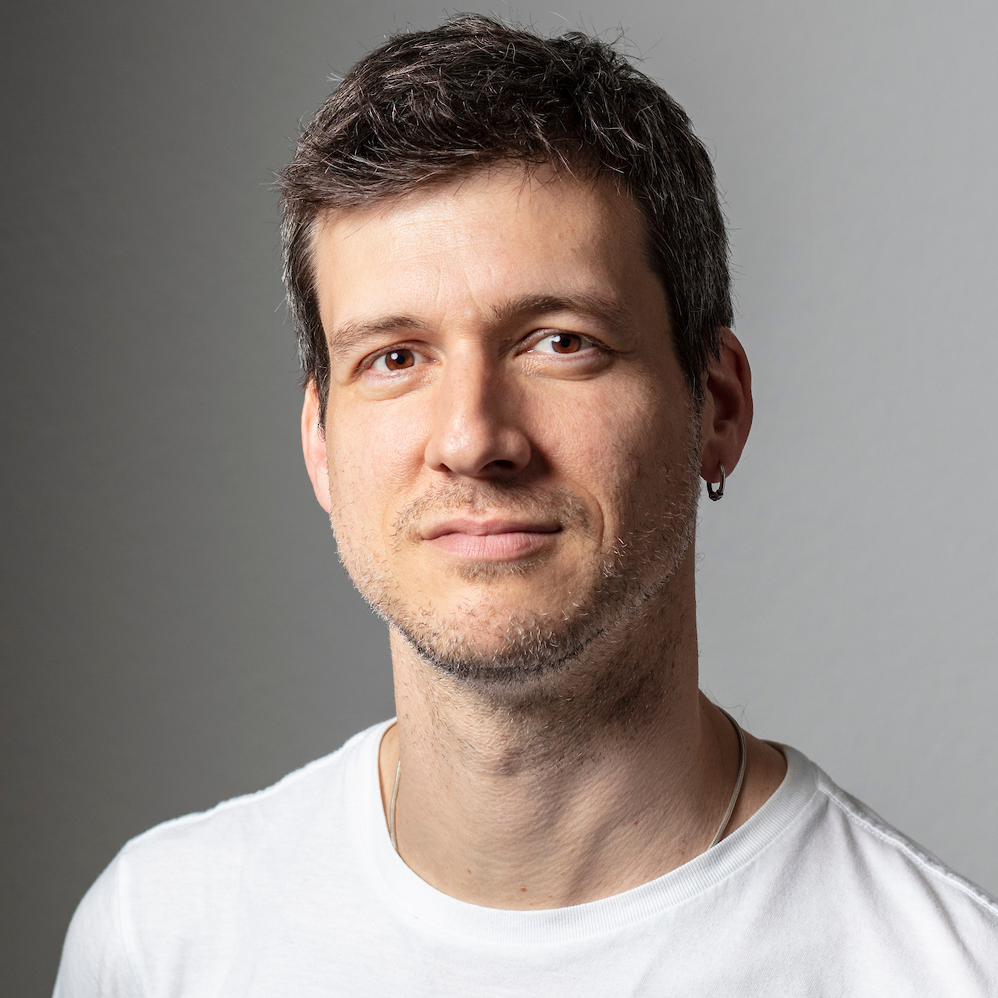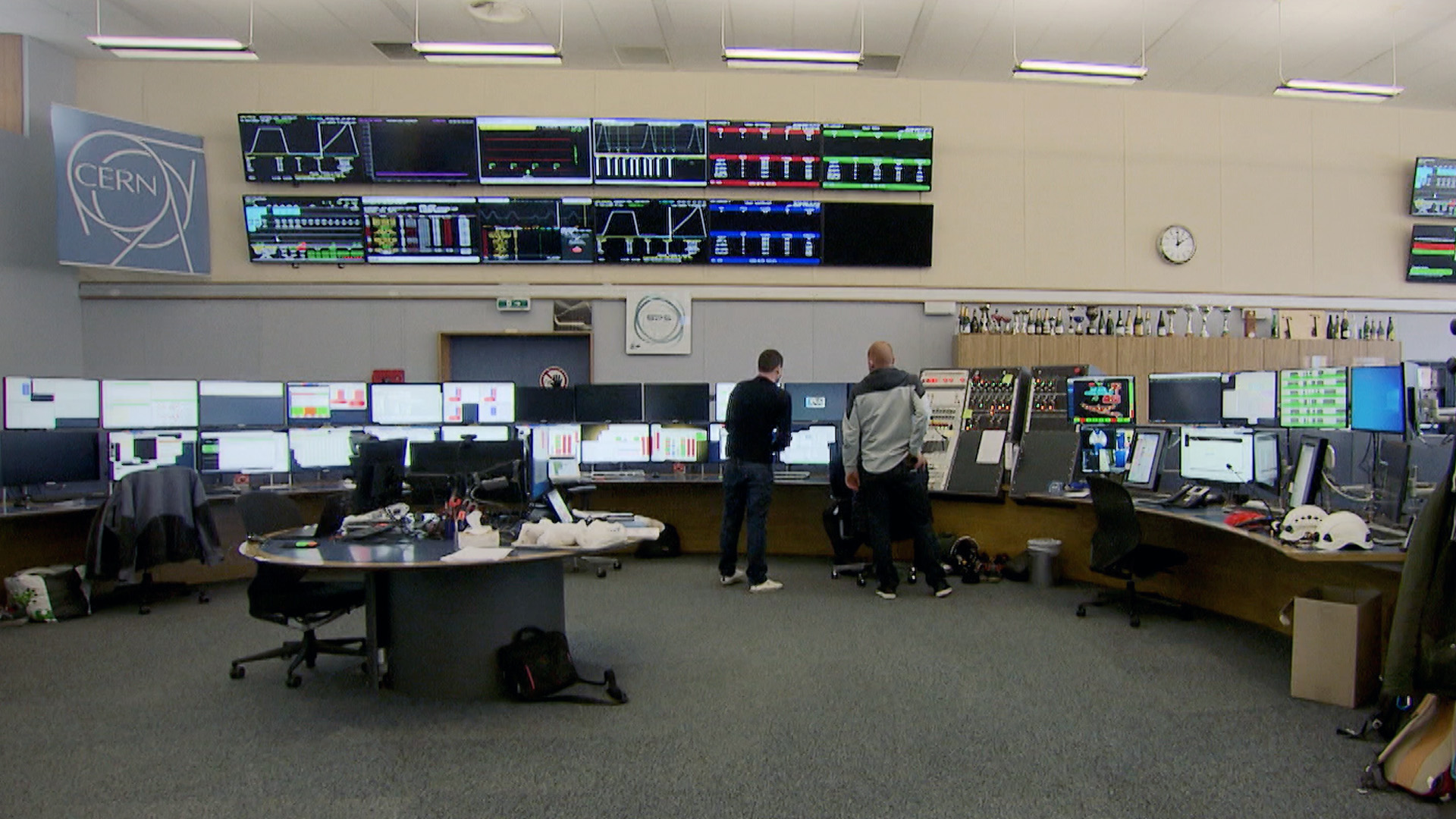What CERN’s next-generation particle collider could look like
Scientists at the European Organization for Nuclear Research (CERN) near Geneva are taking the next steps towards creating a huge particle collider. With the Future Circular Collider (FCC), they want to search for new physics and answer fundamental questions about our universe. We visited the CERN sites to learn more about particle physics and their plans.
Particle colliders have been used since the 1950s to help physicists explore the laws of the universe. CERN currently has the Large Hadron Collider (LHC), the biggest, most powerful particle collider in the world, located in a 27-kilometre underground ring on the border between France and Switzerland. In 2012, the LHC helped scientists discover the Higgs boson, which broadened the understanding of how particles acquire mass.
Now CERN is working on plans for a new, much larger collider. The FCC would form a 90-kilometre circular tunnel – three times the size of the LHC – under France and Switzerland. It is designed to better study the Higgs boson and help scientists seek answers to many remaining questions of fundamental physics, such as understanding the nature of dark matter or why there’s an imbalance between matter and anti-matter in the universe.
The project is estimated to cost CHF21 billion overall. A final decision by CERN member states on whether to greenlight the project is not expected before 2028.
To find out more about the FFC project read our article below.
















You can find an overview of ongoing debates with our journalists here . Please join us!
If you want to start a conversation about a topic raised in this article or want to report factual errors, email us at english@swissinfo.ch.